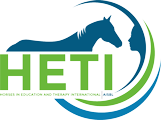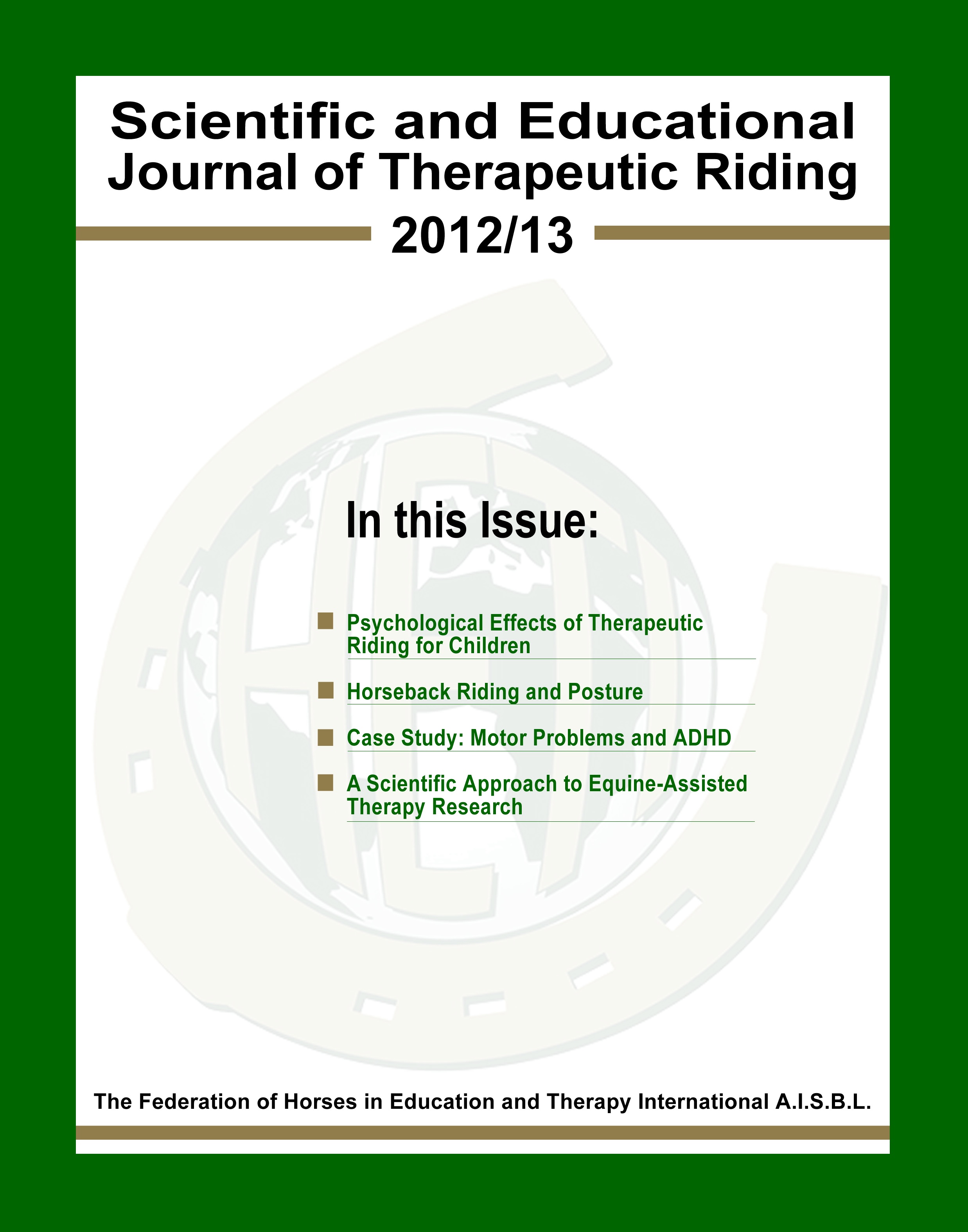Hippotherapy – The Mysterious Art of Healing or the Art of Rehabilitation
€10.00
| Author | Jerzy Krężel |
|---|---|
| Year | 2012/2013 |
Hippotherapy, according to the definition used by the Polish Hippotherapy Association, is a form of medical treatment that might improve a patient’s condition in physical, mental and social domains. It is obvious that if hippotherapists want to develop and promote this treatment strategy, some effort should be made to have it accepted and approved by the medical community as a complementary treatment option. For countries like Poland, this effort could help us promote the emergence of the official profession of hippotherapist. Undoubtedly, a reasonable and professional development of this treatment strategy needs to be conducted in accordance with the philosophy of science. Unfortunately, some
papers and proceedings on the topic of hippotherapy give the impression that not all therapists share that opinion. While some papers present objective results of studies as
well as discussion based on scientific knowledge, others feed us with fairytale
speculations decorated with modern physics terminology. This leads to an erroneous
increase in the significance of pseudoscientific publications. The goal of this text is to emphasize the difference between a scientific and a pseudo-scientific approach. Several hippotherapy articles are presented as an example of science. As a counter-example,
some pseudo-scientific revelations are also introduced. By means of analysis and
comparison, the author attempts to show the benefits of an objective, evidence-based evaluation and promotion of hippotherapy, as well as the losses resulting from pseudoscientific or even fictitious digressions. After clear demarcation of the two opposing
approaches, the author discusses guidelines pertaining to planning and conducting evidence-based study. It is the results of these studies that may, after statistical analysis, scientifically show whether hippotherapy as a treatment approach is 1) harmless (that is, bringing no danger to the patient/client), and 2) improves the patient’s functioning.

